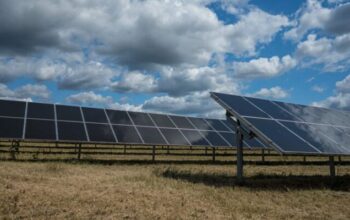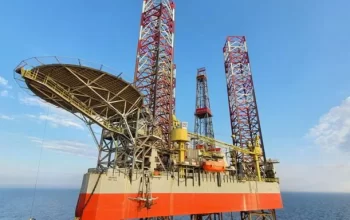The possible return of Donald Trump to the U.S. presidency could usher in a new phase of cooperation between the United States and Angola, particularly in the oil and gas sector.
With Trump’s consistent support for fossil fuel development—captured in his familiar slogan “drill, baby, drill”—Angola, one of Africa’s top oil producers, may benefit from a foreign policy that places energy collaboration at its core.
Angola’s hydrocarbon-rich deepwater basins have long drawn international investment. American oil giants ExxonMobil and Chevron have played a leading role in developing the country’s resources, underlining the depth of U.S. engagement.
With an estimated nine billion barrels of oil and 11 trillion cubic feet of natural gas, Angola remains a key frontier for exploration and production.
A second Trump administration—focused on deregulation and increased overseas energy investment—could further position Angola as a strategic energy partner.
Through its national regulator, the National Oil, Gas and Biofuels Agency (ANPG), Angola recently signed an agreement with ExxonMobil and TotalEnergies to evaluate new deepwater zones in Blocks 17/06 and 32/21.
These efforts align with Angola’s goal of maintaining daily oil production above 1 million barrels. If successful, the studies could lead to full development contracts and accelerated offshore output.
ExxonMobil is a cornerstone of U.S. investment in Angola. Production in Block 15 alone has surpassed 2.6 billion barrels, and the company continues to expand through redevelopment projects and new discoveries, including the Likembe-01 well in the Kizomba B area.
ExxonMobil is reportedly ready to invest up to $15 billion in Angola’s oil sector by 2030.
Chevron, through its subsidiary Cabinda Gulf Oil Company, holds a 26% stake in Angola’s oil production. The company operates Blocks 0 and 14, and in 2023, signed an MoU with the Angolan government to explore lower-carbon energy solutions.
Chevron also leads downstream initiatives, notably the Angola LNG plant in Soyo, which surpassed 400 LNG shipments in 2024.
ExxonMobil’s upcoming $200 million exploration campaign in the Namibe Basin, in partnership with Sonangol, could uncover major new reserves.
A significant discovery could yield $20–40 billion in national revenue—boosting Angola’s diversification and development goals.
Meanwhile, U.S.-based service providers like Baker Hughes, SLB, Weatherford, and Oceaneering are active in Angola through multi-billion-dollar contracts.
Their projects support local employment, technology transfer, and community development—key pillars of Angola’s long-term energy strategy.
A second Trump term could bring reduced regulatory barriers, expanded overseas fossil fuel financing, and a more assertive push for global energy deals.
For Angola, this could mean faster project approvals, greater access to U.S. capital, and stronger government-to-government energy cooperation.
Given Angola’s dependence on hydrocarbons for revenue and industrial development, deeper ties with the U.S. under a Trump-led administration could unlock significant benefits, from job creation and economic growth to enhanced energy trade and infrastructure investment.
![]()




